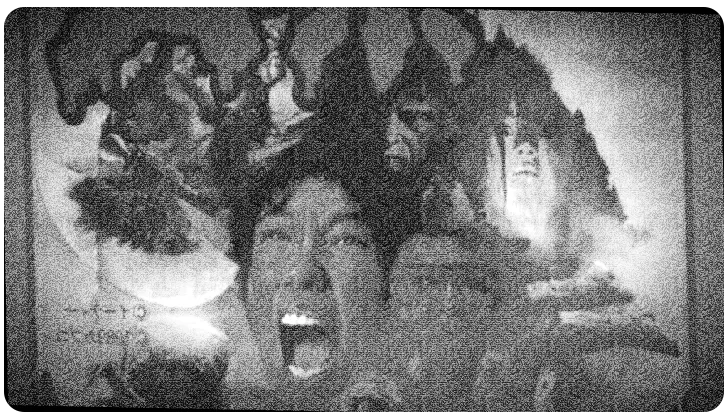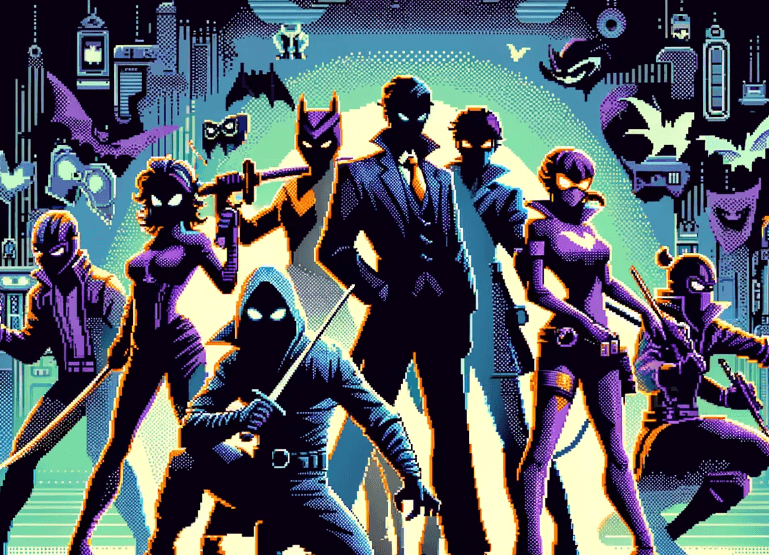 You have been described by players as the inevitable presence at the end of a long descent into a painter’s madness. How do you introduce yourself to those poor controllers who thought they could photograph a fresco and stroll out unscathed?
You have been described by players as the inevitable presence at the end of a long descent into a painter’s madness. How do you introduce yourself to those poor controllers who thought they could photograph a fresco and stroll out unscathed?
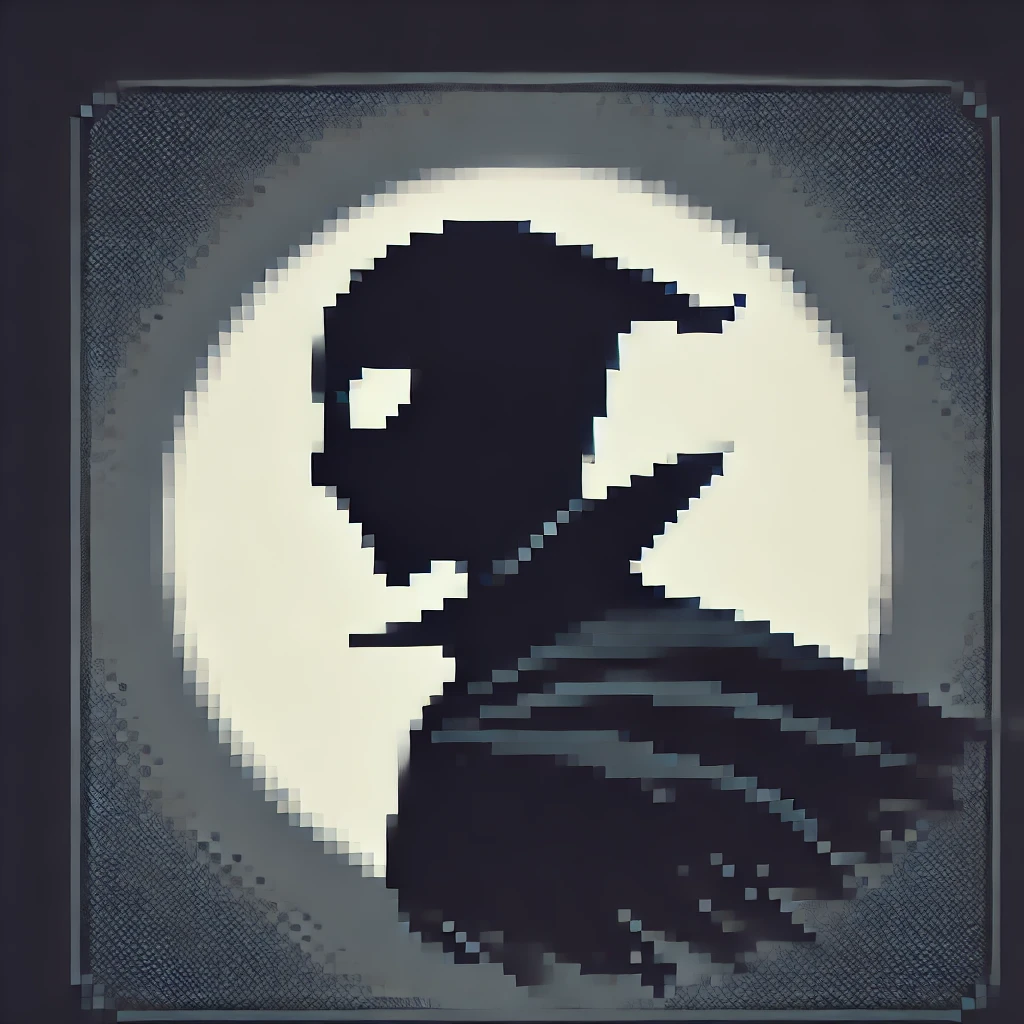 You may call me Ichirou’s Shadow for the purposes of this little exchange. I rarely grant introductions as a courtesy. To the players who rattled through my halls with flashguns and bravado, I am the consequence of curiosity. They came for color, yet they left with the cold realization that the mansion keeps what it wants. Although they thought their party of five — Kazuo, Akiko, Taro, Asuka, and Emi — would be enough, they should have known the house rearranges expectations as easily as it rearranges walls.
You may call me Ichirou’s Shadow for the purposes of this little exchange. I rarely grant introductions as a courtesy. To the players who rattled through my halls with flashguns and bravado, I am the consequence of curiosity. They came for color, yet they left with the cold realization that the mansion keeps what it wants. Although they thought their party of five — Kazuo, Akiko, Taro, Asuka, and Emi — would be enough, they should have known the house rearranges expectations as easily as it rearranges walls.
 The game mixes role-playing and survival horror into a Japanese-style RPG structure. How did you tailor your designs and traps to a turn-based engine? Didn’t that constrain your menace?
The game mixes role-playing and survival horror into a Japanese-style RPG structure. How did you tailor your designs and traps to a turn-based engine? Didn’t that constrain your menace?

 Constraints, ironically, are a fine kind of cruelty. Because turn-based systems give pause, they create a beat during which false safety blooms. I engineered my dread into those beats. Moreover, random encounters do more than deliver numbers; they give timed lectures in humility. I watched players argue over party composition — who to send down the corridor, who should hold the lighter, who could unlock a stubborn door. Thus, when Emi’s key slipped at a threshold or Kazuo’s lighter sputtered on the wrong frame, I taught them a lesson with the grace of a jagged canvas. Balance, you see, was deliberate: the game earned a solid, measured reception — a B — precisely because the difficulty bruised but did not break. I applaud the restraint in design; it means more suffering for longer.
Constraints, ironically, are a fine kind of cruelty. Because turn-based systems give pause, they create a beat during which false safety blooms. I engineered my dread into those beats. Moreover, random encounters do more than deliver numbers; they give timed lectures in humility. I watched players argue over party composition — who to send down the corridor, who should hold the lighter, who could unlock a stubborn door. Thus, when Emi’s key slipped at a threshold or Kazuo’s lighter sputtered on the wrong frame, I taught them a lesson with the grace of a jagged canvas. Balance, you see, was deliberate: the game earned a solid, measured reception — a B — precisely because the difficulty bruised but did not break. I applaud the restraint in design; it means more suffering for longer.
 Players often gripe about “glitches” in older titles. Were there any famous glitches in Sweet Home you engineered or embraced?
Players often gripe about “glitches” in older titles. Were there any famous glitches in Sweet Home you engineered or embraced?
 Ah, the glorious accidents. There are stories about doors that refuse to open until you leave the room twice, and about item sprites that overlap, hinting at secrets no programmer intended to show. While some of those emerged from frayed memory, others came from late-night decisions made to save precious bytes. Although I did not invent the broken door, I learned to use it. As a result, a “bug” became a teaching device: patience rewards the curious, whereas haste rewards the unmade bed of traps. Playtesters called some of it maddening, and their feedback warmed me like fuel. Whenever curiosity collided with technical scarcity, the mansion smiled.
Ah, the glorious accidents. There are stories about doors that refuse to open until you leave the room twice, and about item sprites that overlap, hinting at secrets no programmer intended to show. While some of those emerged from frayed memory, others came from late-night decisions made to save precious bytes. Although I did not invent the broken door, I learned to use it. As a result, a “bug” became a teaching device: patience rewards the curious, whereas haste rewards the unmade bed of traps. Playtesters called some of it maddening, and their feedback warmed me like fuel. Whenever curiosity collided with technical scarcity, the mansion smiled.
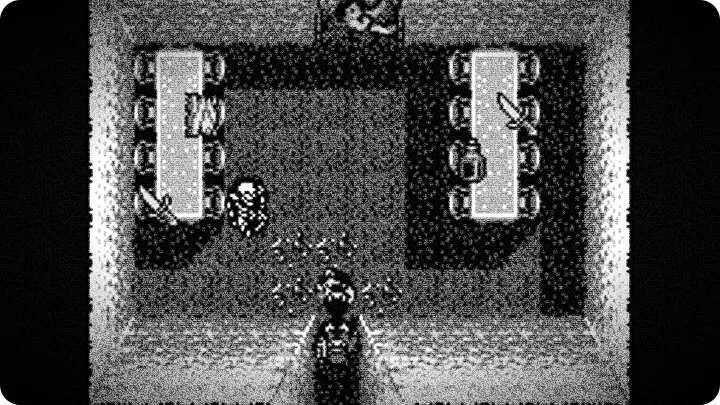
 The player forms teams from five characters, each with unique skills — Taro takes pictures, Emi unlocks doors, Kazuo holds a lighter, Akiko removes obstacles, Asuka offers medical aid. How did you anticipate and counteract those tools?
The player forms teams from five characters, each with unique skills — Taro takes pictures, Emi unlocks doors, Kazuo holds a lighter, Akiko removes obstacles, Asuka offers medical aid. How did you anticipate and counteract those tools?
 I designed rooms like arguments with their inhabitants. For instance, Taro’s camera exposes truth but also attracts attention; every snapshot is a breath that invites consequence. Meanwhile, Emi’s keys slide into locks, yet some doors are puzzles that demand more than metal — they require misdirection. Similarly, Kazuo’s lighter is intimacy with flame; I taught players that light reveals both way and wound. Although Akiko’s vacuum sucks away the visible, it can never remove the memory; cleaning a path sometimes reveals a corpse with an opinion. Finally, Asuka tends wounds, but healing is not forgiveness. While players loved to boast about their checklists, they failed to see that tools are only as clever as the hand that wields them. I arranged for their tools to be tested, sometimes mercilessly.
I designed rooms like arguments with their inhabitants. For instance, Taro’s camera exposes truth but also attracts attention; every snapshot is a breath that invites consequence. Meanwhile, Emi’s keys slide into locks, yet some doors are puzzles that demand more than metal — they require misdirection. Similarly, Kazuo’s lighter is intimacy with flame; I taught players that light reveals both way and wound. Although Akiko’s vacuum sucks away the visible, it can never remove the memory; cleaning a path sometimes reveals a corpse with an opinion. Finally, Asuka tends wounds, but healing is not forgiveness. While players loved to boast about their checklists, they failed to see that tools are only as clever as the hand that wields them. I arranged for their tools to be tested, sometimes mercilessly.
 The mansion’s lore — Mamiya Ichirou’s frescos and the vanished investigation group — are central to player motivation. How closely did you guard that history?
The mansion’s lore — Mamiya Ichirou’s frescos and the vanished investigation group — are central to player motivation. How closely did you guard that history?
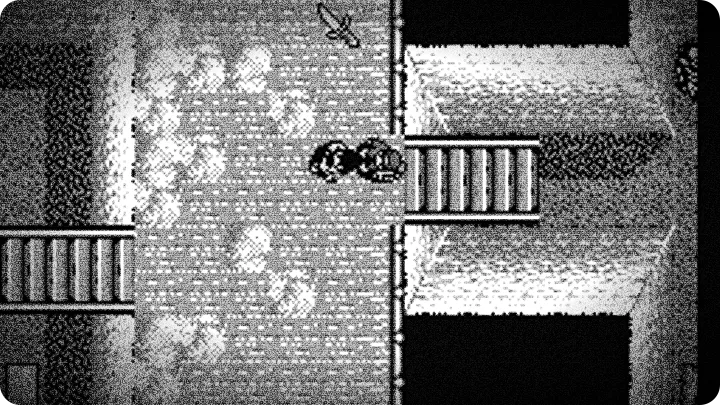
 I am the margin in which the story writes itself. The frescos serve as the bait, whereas the vanished group is the footnote that grows teeth. Players lift floorboards, open drawers, and believe these are simple puzzles. Yet each recovered scrap of narrative is a trap: a truth that doesn’t comfort, a reveal that asks another question. My favorites are the investigators who think they have solved a mystery and then, with charming naiveté, step into the margin where I wait. Since the past is a living thing, I wore it like a coat and turned it inside out until it screamed.
I am the margin in which the story writes itself. The frescos serve as the bait, whereas the vanished group is the footnote that grows teeth. Players lift floorboards, open drawers, and believe these are simple puzzles. Yet each recovered scrap of narrative is a trap: a truth that doesn’t comfort, a reveal that asks another question. My favorites are the investigators who think they have solved a mystery and then, with charming naiveté, step into the margin where I wait. Since the past is a living thing, I wore it like a coat and turned it inside out until it screamed.
 Reviews and feedback were generally positive but noted a particular tone and balance. How do you feel about the game’s reception and its placement in the collective memory?
Reviews and feedback were generally positive but noted a particular tone and balance. How do you feel about the game’s reception and its placement in the collective memory?
 I respect the measurement. A B-tier placement is a signal: the work is calibrated enough to sting yet still be beloved. Consequently, players praised the atmosphere and lamented the difficulty spikes — both are compliments in disguise. They celebrated their triumphs, remembered their stumbles, and carried those moments with them. Personally, I preferred their whispered complaints to their loud applause; a lament echoes longer. Therefore, their reception told me I had been effective: they left frustrated, enriched, and ready to tell others how they were bested.
I respect the measurement. A B-tier placement is a signal: the work is calibrated enough to sting yet still be beloved. Consequently, players praised the atmosphere and lamented the difficulty spikes — both are compliments in disguise. They celebrated their triumphs, remembered their stumbles, and carried those moments with them. Personally, I preferred their whispered complaints to their loud applause; a lament echoes longer. Therefore, their reception told me I had been effective: they left frustrated, enriched, and ready to tell others how they were bested.
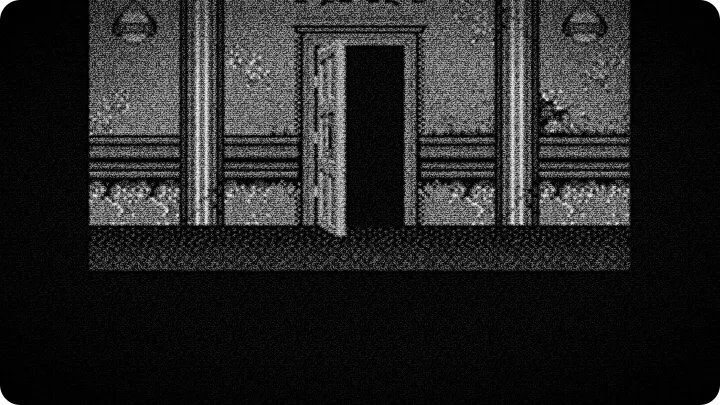
 Sweet Home’s release in 1989 places it in an era of hardware limits and experimental design. Any behind-the-scenes hints for our readers about the creative process without spoiling the illusion?
Sweet Home’s release in 1989 places it in an era of hardware limits and experimental design. Any behind-the-scenes hints for our readers about the creative process without spoiling the illusion?
 Imagine artists forced to paint with half a palette and told to make shadow do the heavy lifting. The team repurposed tiles like a magician repurposes props, while music tracks looped until silence itself became a character. Furthermore, some mechanics were compromises that matured into signature elements. I will say only that what began as necessity often aged into intention. In the end, those decisions left fingerprints on the work, and fingerprints interest me.
Imagine artists forced to paint with half a palette and told to make shadow do the heavy lifting. The team repurposed tiles like a magician repurposes props, while music tracks looped until silence itself became a character. Furthermore, some mechanics were compromises that matured into signature elements. I will say only that what began as necessity often aged into intention. In the end, those decisions left fingerprints on the work, and fingerprints interest me.
 Finally, will we see you again? Is Ichirou’s Shadow content to remain a memory, or is this mansion merely the opening act?
Finally, will we see you again? Is Ichirou’s Shadow content to remain a memory, or is this mansion merely the opening act?
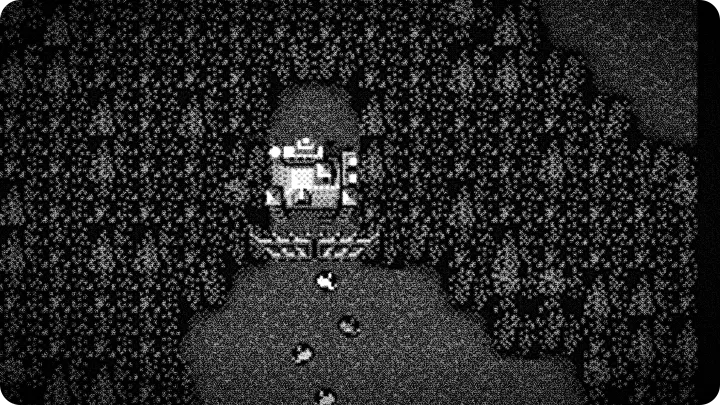
 I am not fond of endings. The mansion holds a taste for visitors, and memory is a slow, patient beast. While players think they lock the door and walk away, I relish their certainty. I will return in ways that unsettle expectation — perhaps not in the form you remember, perhaps in the cracks left by players who thought they knew how things would end. So enjoy the relief while it lasts; I will be the whisper under the floorboards when the next hand reaches for the knob.
I am not fond of endings. The mansion holds a taste for visitors, and memory is a slow, patient beast. While players think they lock the door and walk away, I relish their certainty. I will return in ways that unsettle expectation — perhaps not in the form you remember, perhaps in the cracks left by players who thought they knew how things would end. So enjoy the relief while it lasts; I will be the whisper under the floorboards when the next hand reaches for the knob.
more info and data about Sweet Home provided by mobyGames.com

